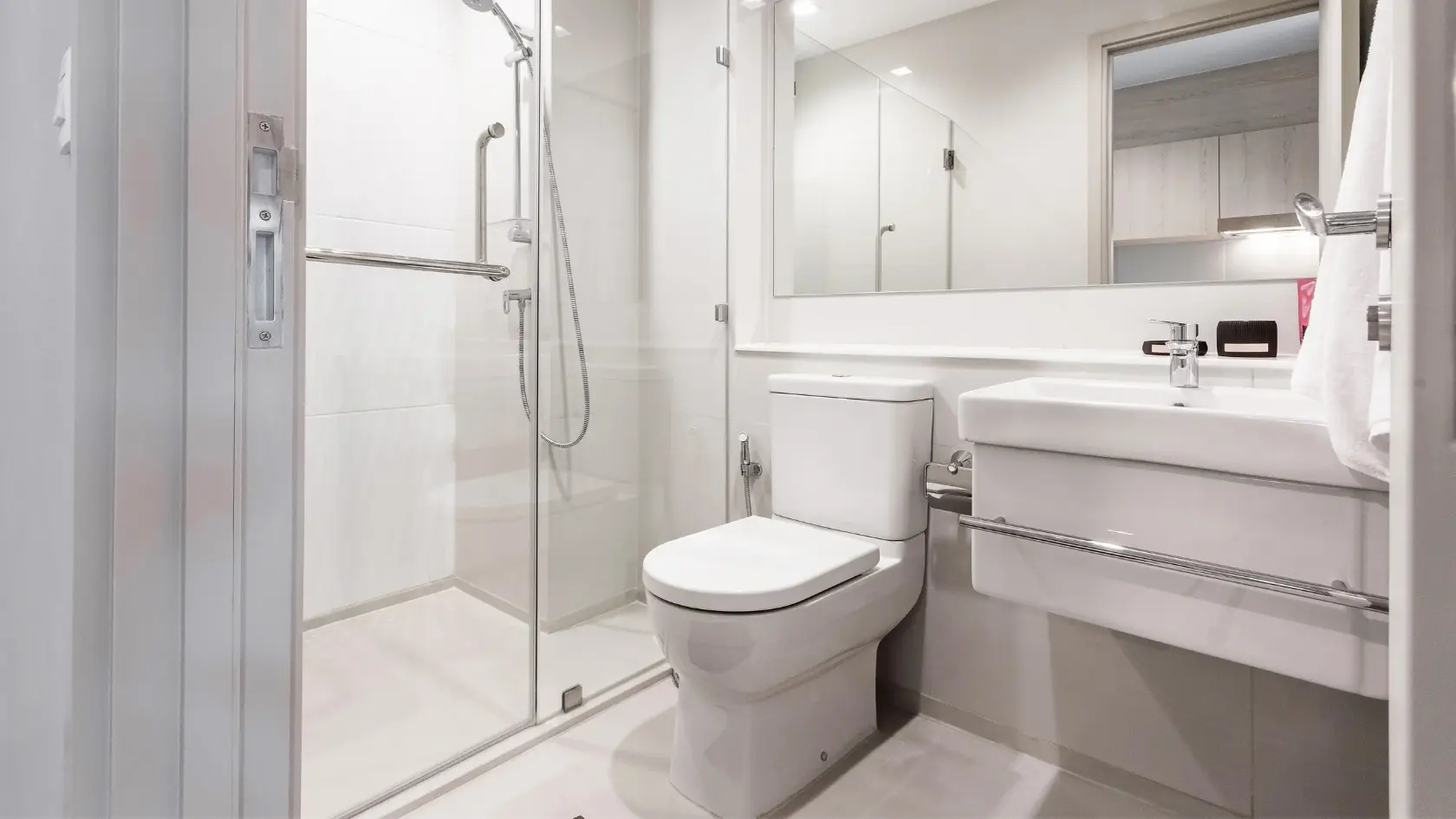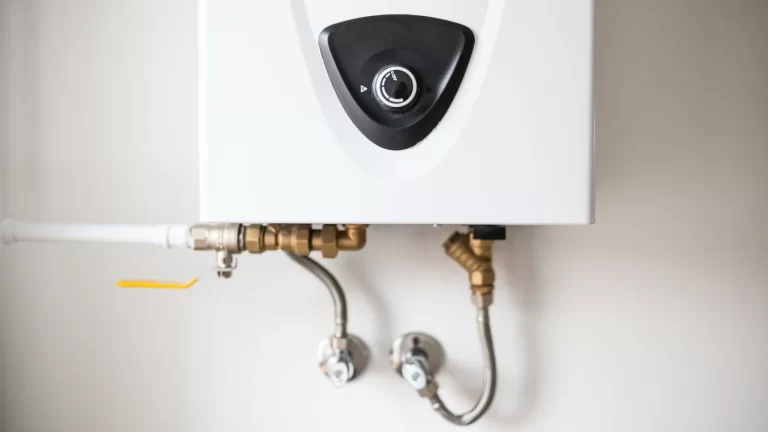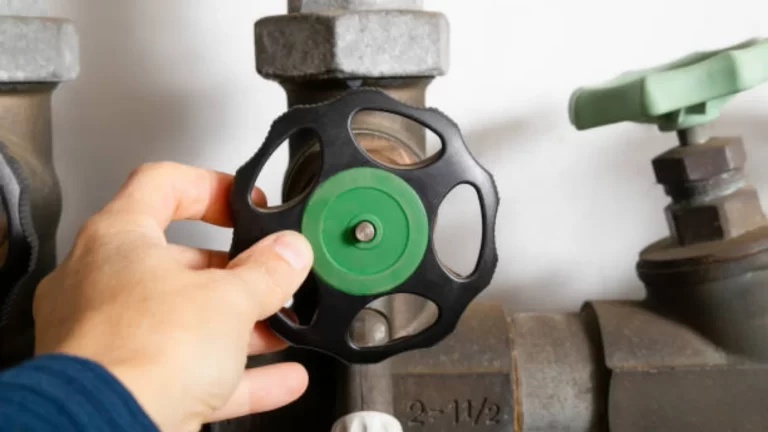Imagine stepping into your bathroom first thing in the morning only to find a puddle forming around the base of your toilet. The sight immediately sparks panic—after all, water leaks can mean hidden damage, high repair costs, and a plumbing emergency that won’t wait. But here’s the big question most homeowners ask: is a leaking toilet an emergency or can it wait until regular business hours?
A leaking toilet is one of the most common plumbing issues Toronto homeowners face, but not every toilet leak requires the same level of urgency. A minor leakage can occasionally be stopped momentarily, but in other cases, a toilet leak might result in serious water damage within a few hours. It’s crucial to know when something counts as an emergency.
In this blog, we’ll break down how to identify whether your leaking toilet should be treated as an emergency, the common causes of leaks, what to do while waiting for a plumber, and preventative measures to protect your home from future plumbing emergencies. Whether your toilet is leaking from the base, tank, or water supply line, you’ll know exactly when to call an emergency plumber—and how Absolute Draining & Plumbing can help.
Contact us today through our form or call +1 (416) 252-5557 for expert plumbing, drain, and related services in Toronto, Etobicoke, Mississauga, and across the GTA.
Why Toilet Leaks Should Never Be Ignored

Even a slow leak from a toilet can release gallons of water over time. A small leak may seem harmless at first, but when water seeps beneath the toilet or into the flooring, it can cause mould growth, rotting wood, and costly repairs. A running toilet, for example, wastes water constantly, sending your water bill soaring.
The severity of the leak, its location, and whether you can control the water flow will determine if it qualifies as an emergency. Ignoring a toilet that’s leaking out of the base or running nonstop doesn’t just inconvenience your household—it can compromise your home’s foundation, damage drywall, and lead to emergency plumbing repair bills much higher than a scheduled toilet repair.
Signs That a Toilet Leak Becomes an Emergency
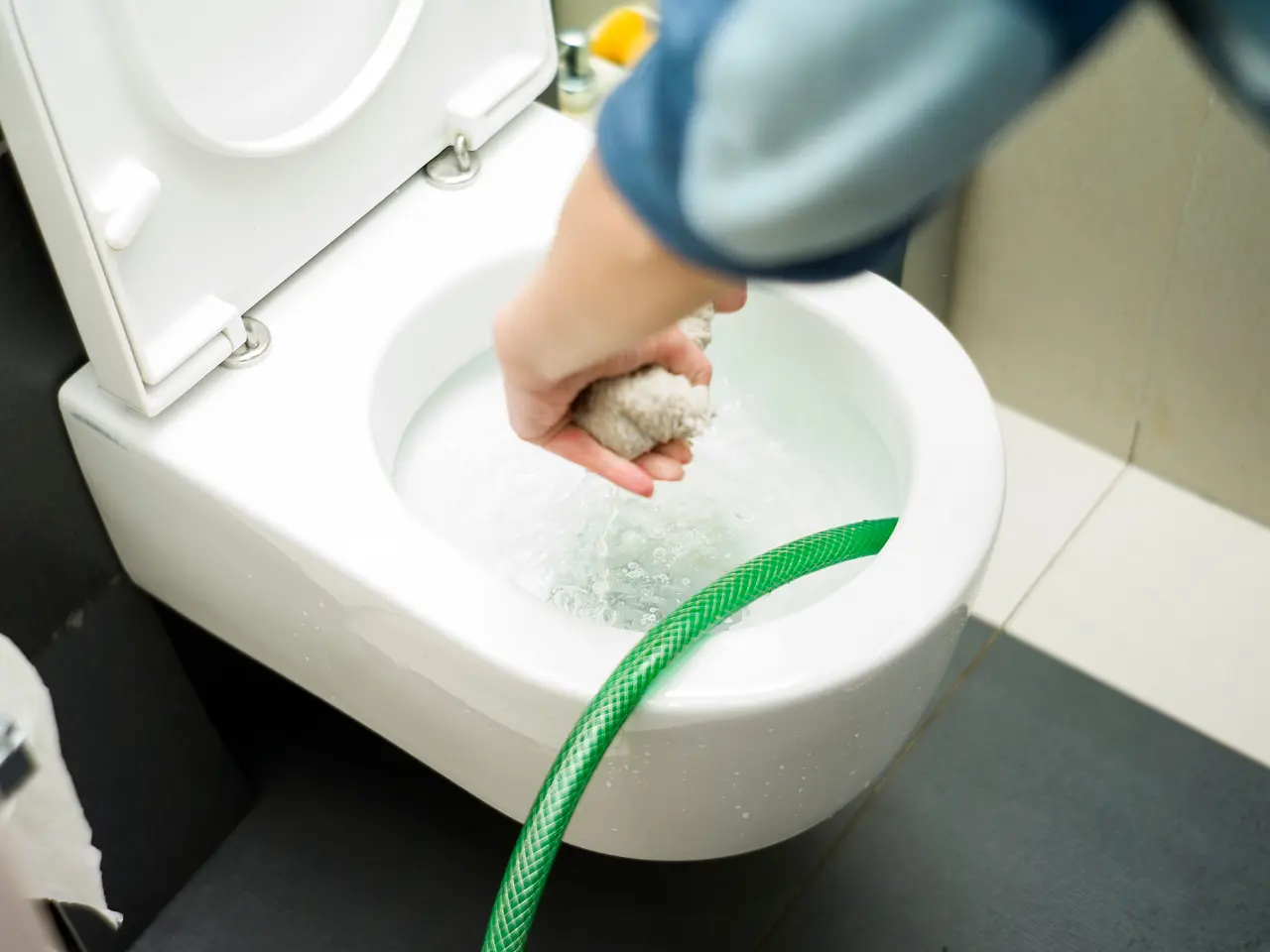
Not every leak means you need to call an emergency plumbing service right away. To know whether your leaking toilet is considered an emergency, ask yourself these key questions:
1. Where Is the Leak Coming From?
- Leaking at the base of the toilet: A failing wax ring, loose bolts holding the toilet to the floor, or fissures underneath the toilet are the usual causes of water collecting at the bottom of the toilet. This type of leak often spreads into the flooring and subfloors. This qualifies as an emergency.
- Leaking from the tank to the bowl: A faulty flapper valve or damaged seals inside the tank may cause constant water flow. This is wasteful, but usually not an emergency unless water is overflowing.
- Leaking at the water supply line behind the toilet: If the water supply line bursts or is leaking badly, water can flow uncontrollably. This is an emergency that requires you to shut off the water supply immediately.
- Leaking around the tank bolts: Minor drips from tank bolts or around the tank itself can often wait for normal business hours, provided you can contain the water.
2. What Is the Severity of the Leak?
A minor leak (slow drip or small puddle) can often be managed temporarily.
A major leak (continuous water flow, flooding, or overflowing toilet) is an emergency and requires you to call an emergency plumber right away.
3. Can You Control the Leak?
If you can shut off the water supply valve behind the toilet and stop the leak, you may not need emergency service. But if shutting off the water supply doesn’t stop the flow, or the water is already spreading rapidly, it’s an emergency situation.
4. How Inconvenienced Will You Be?
For many households, going overnight or several days without a working toilet isn’t realistic. If you only have one bathroom, even a leaky toilet can be considered an emergency for hygiene reasons.
Common Causes of Toilet Leaks
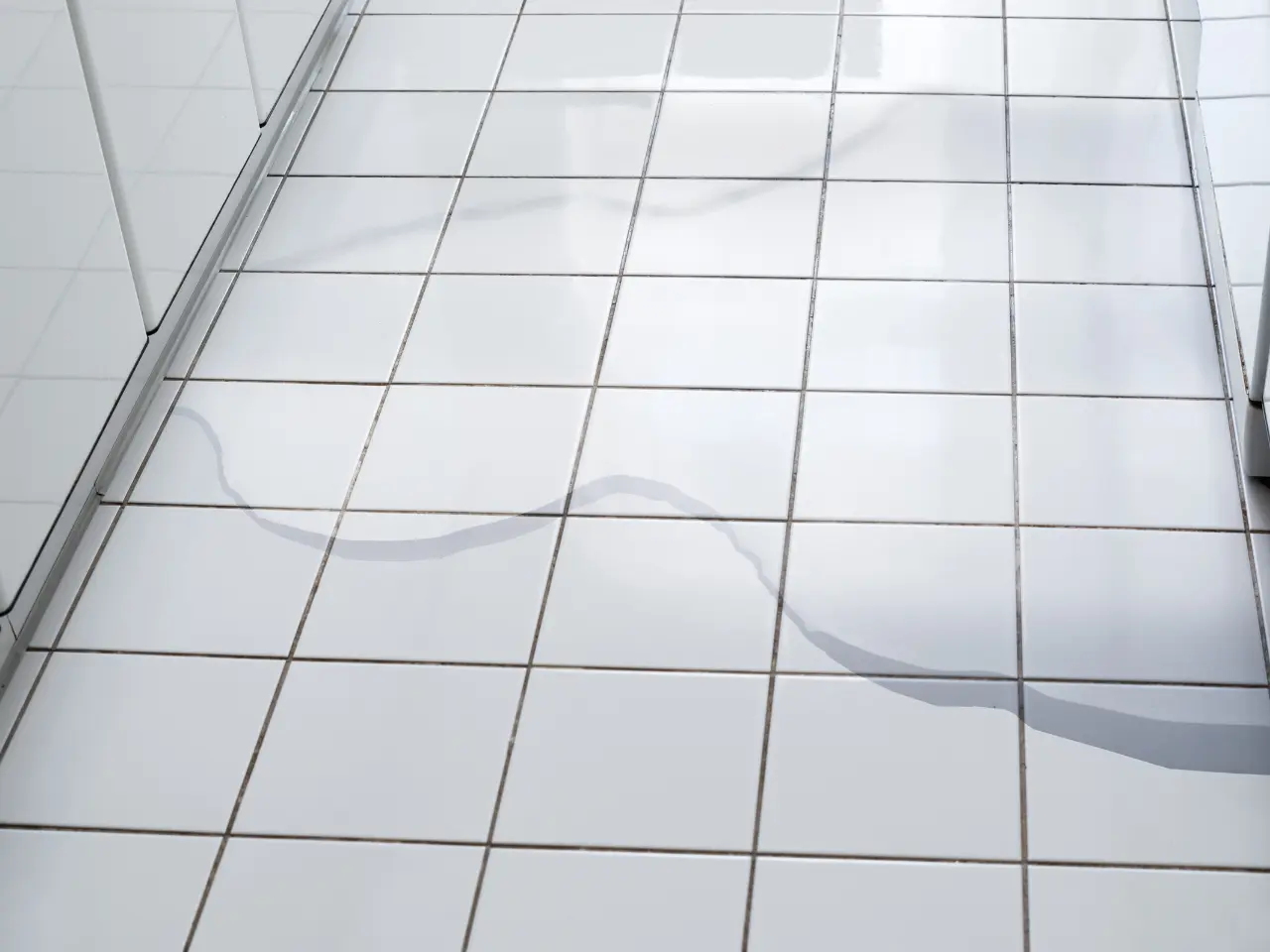
Toilet leaks happen for a variety of reasons. Knowing the common causes helps you understand whether the leak is minor or something that should be treated as an emergency.
Toilet Leaking from the Base
- Worn-out wax ring between the toilet and the floor
- Loose bolts that secure the toilet to the floor
- Crack in the toilet base
Toilet Leaking from the Tank
- Faulty flapper valve causing water to run into the toilet bowl
- Worn washers or gaskets at the tank bolts
- Cracked toilet tank
Toilet Leaking at the Water Supply Line
- Loose connection where the water line meets the toilet
- Corroded or damaged water supply line
- High water pressure stressing the connection
Overflowing or Running Toilet
- Flapper stuck open causing constant water flow
- Malfunctioning fill valve inside the tank
- Clog in the toilet drain leading to overflow
Contact us today through our form or call +1 (416) 252-5557 for expert plumbing, drain, and related services in Toronto, Etobicoke, Mississauga, and across the GTA.
Immediate Steps to Take During a Toilet Leak
If you discover your toilet is leaking, here’s what to do before the plumber arrives:
1) Turn off the water supply. Locate the shut-off valve behind the toilet and turn it clockwise to stop water flow.
2) Flush the toilet. Once the water supply is off, flush the toilet to drain water from the tank.
3) Soak up excess water. Use towels or a mop to absorb water around the base of the toilet. This prevents water from seeping into flooring.
4) Check where the leak is coming from
- Bottom of the toilet (wax ring or bolts)
- Tank to bowl (gaskets, flapper)
- Water supply line (behind the toilet
5) Avoid using the toilet until the leak is resolved.
When a Leaking Toilet is Considered an Emergency
A leaking toilet should be treated as an emergency plumbing issue if:
- Water is gushing uncontrollably from the base or supply line.
- The leak is causing water damage to floors, ceilings, or walls.
- The toilet is overflowing and you can’t stop it.
- You have only one bathroom and can’t wait days for a repair.
- Shutting off the water supply does not stop the leak.
Remember: even a small leak may become an emergency if left untreated. A slow leak beneath the toilet, for example, can rot subfloors over weeks or months.
How Professional Plumbers Handle Toilet Leaks
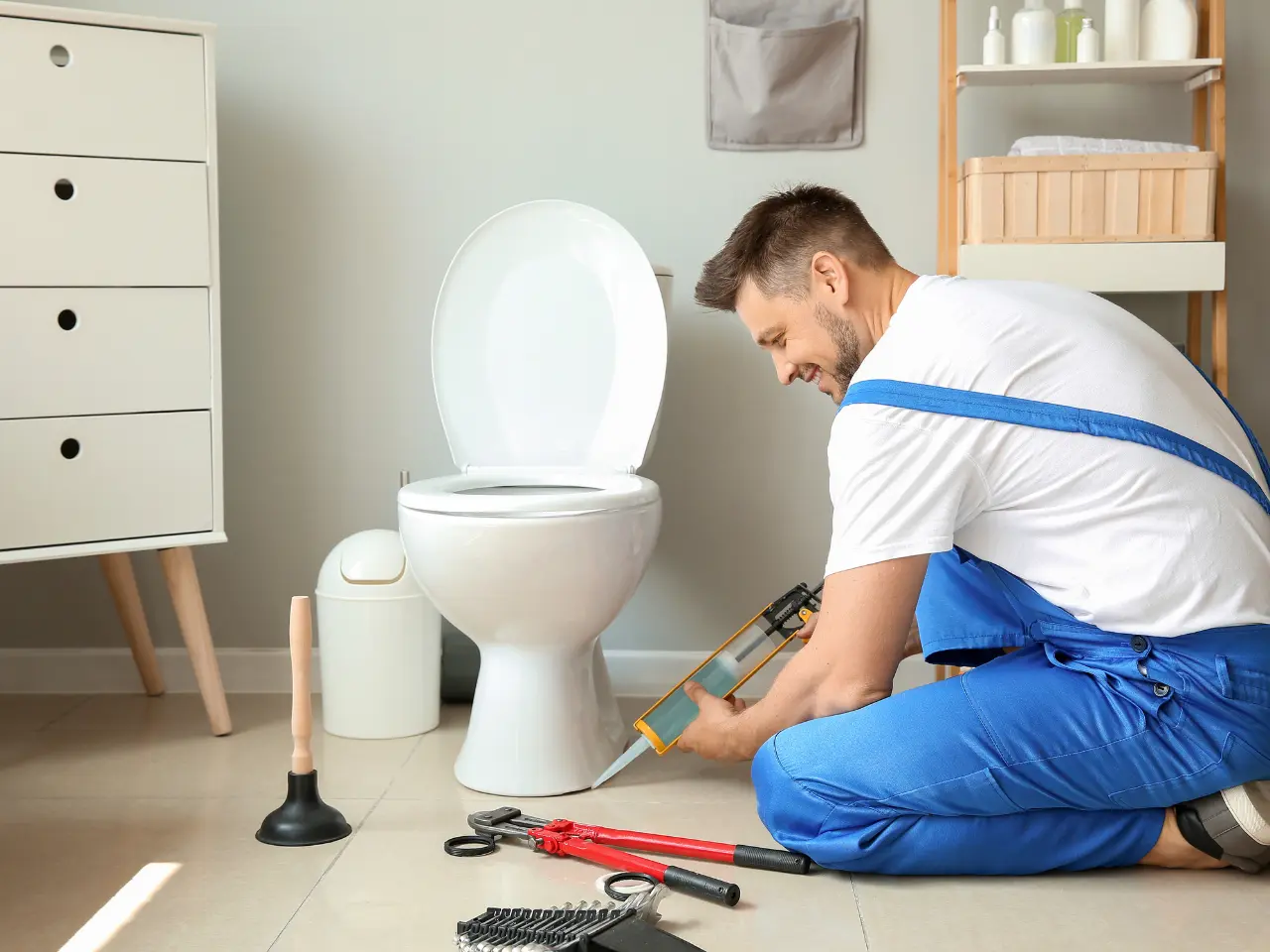
When you call Absolute Draining & Plumbing for a leaking toilet, here’s how our emergency plumber team typically responds:
Inspection – We locate the leak’s origin, which may be the drain, supply line, base, or toilet tank.
Containment – Quick action is done to stop additional water damage.
Repair – Depending on the cause, repairs may include:
- Replacing the flapper valve
- Tightening or replacing tank bolts
- Replacing the wax ring and resetting the toilet
- Repairing or replacing the water supply line
- Removing and replacing a cracked toilet
Testing – We flush the toilet multiple times to confirm the leak is fixed.
Clean-up – We ensure no water is left behind to cause mould or damage.
Preventing Future Toilet Leaks
While some leaks are unavoidable, there are proactive steps homeowners can take:
- Inspect toilets monthly for signs of leaks around the base, tank, and water supply line.
- Listen for running toilets—a running toilet signals wasted water and potential flapper issues.
- Replace worn-out parts early such as flappers, washers, and gaskets.
- Secure the toilet base by tightening bolts as needed (but not too tight, as this can crack the toilet).
- Know where your shut-off valve is so you can quickly turn off the water in an emergency.
- Schedule routine plumbing inspections to catch issues before they escalate.
The Cost of Ignoring a Leaking Toilet
The harm that a leaky toilet may do is frequently underestimated by homeowners. Think about these possible outcomes:
- Water bills skyrocketing from gallons of water wasted daily.
- Structural damage to floors and ceilings beneath the bathroom.
- Mould growth leading to health hazards.
- Expensive repairs—fixing water-damaged drywall, subfloors, or replacing an entire toilet.
What begins as a small drip can lead to thousands of dollars in emergency water damage restoration.
Why Call Absolute Draining & Plumbing for Emergency Toilet Repair in Toronto
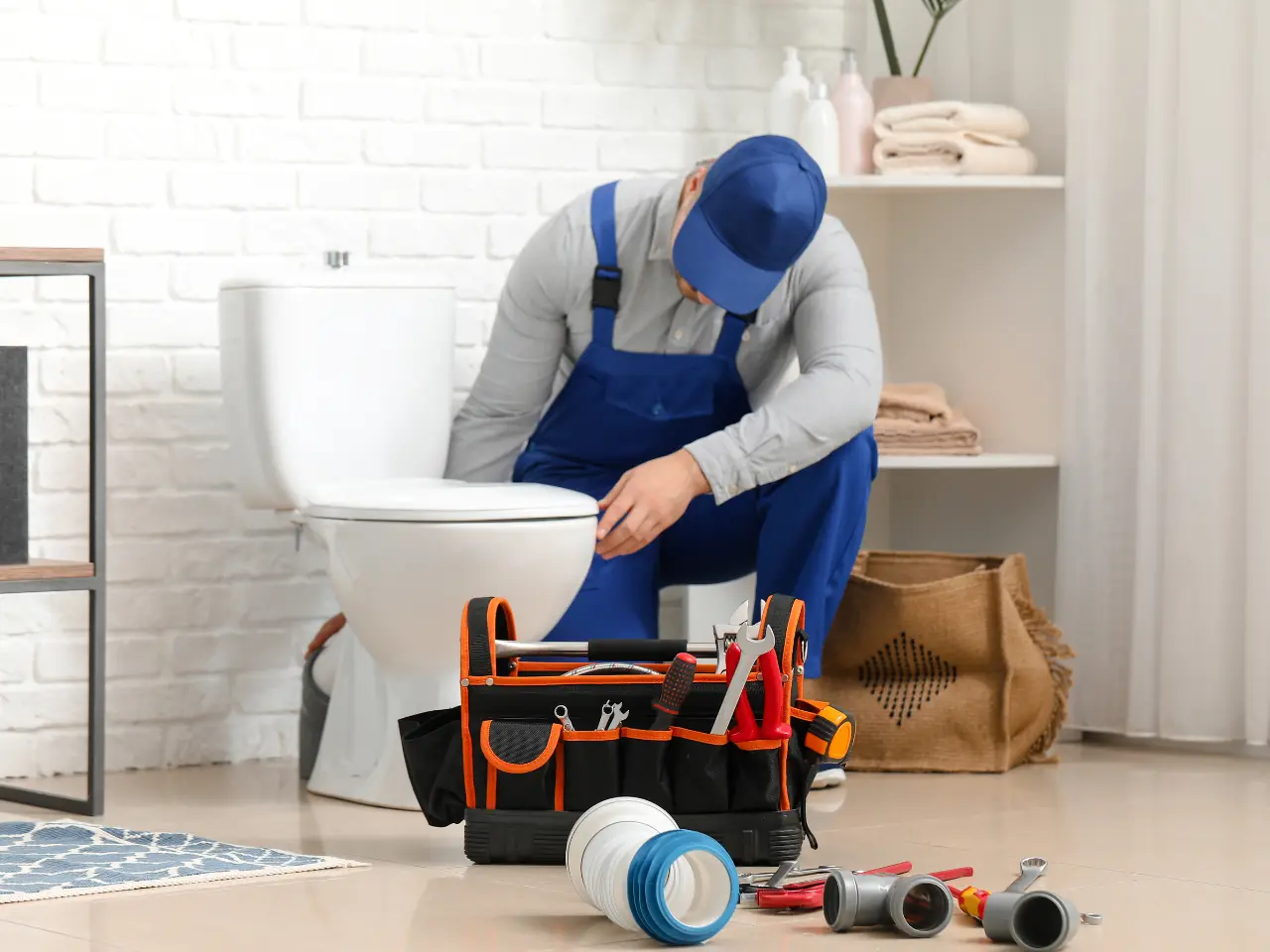
For over 20 years, Absolute Draining & Plumbing has been Toronto’s trusted team for handling plumbing emergencies. Our licensed plumbers respond quickly, day or night, to leaking toilets, burst pipes, and other urgent plumbing issues.
- 24/7 Emergency Service – We’re available any time your toilet leak becomes an emergency.
- Flat-Rate Pricing – No surprise hourly charges.
- Expertise – From running toilets to cracked tanks, we’ve seen it all.
- Warranty – Many of our repairs come with long-term warranties.
- Local & Trusted – We’ve served Toronto homeowners for decades.
When your toilet is leaking and you’re unsure if it qualifies as an emergency, it’s always better to call a plumber for advice. Our team can quickly assess over the phone whether emergency service is needed right away or if it can wait until regular hours. A leaking toilet doesn’t just waste water, but also may lead to bigger plumbing emergencies whether it’s leaking at the base, leaking out of the toilet tank and bowl, or water in the tank not settling at the right water level. Sometimes, a toilet running nonstop, leaking water around the toilet, or a tank leak may require us to remove the toilet entirely or recommend replacing a toilet if repairs aren’t enough.
We also handle related concerns such as a water heater leak, drain cleaning, or even a suspected gas leak, because plumbing emergencies aren’t always limited to toilets. If your toilet is flushed and water keeps causing the leak, or you notice water seeping from the toilet from the floor, don’t wait. Calling early can prevent severe damage, protect your home, and help us decide whether the emergency may need immediate response or scheduled service.
Don’t Ignore a Leaking Toilet
A leaking toilet can range from a small inconvenience to a major emergency. The key is knowing the severity of the leak, where it’s coming from, and whether you can control it. If the toilet is leaking from the base, the water supply line, or causing active flooding, it’s an emergency that requires immediate attention.
Don’t wait until water damage spreads to floors and walls. If you notice your toilet is leaking—whether from the base, tank, or supply line—turn off the water, contact Absolute Draining & Plumbing via form or call us. Our emergency plumber team in Toronto is ready 24/7 to protect your home, your plumbing system, and your peace of mind.
Contact us today through our form or call +1 (416) 252-5557 for expert plumbing, drain, and related services in Toronto, Etobicoke, Mississauga, and across the GTA.

